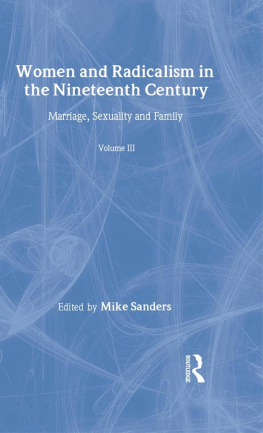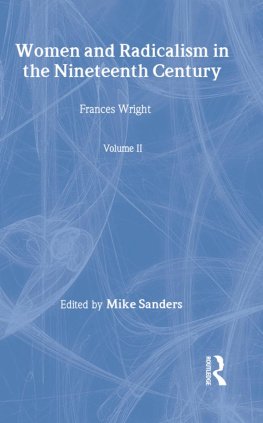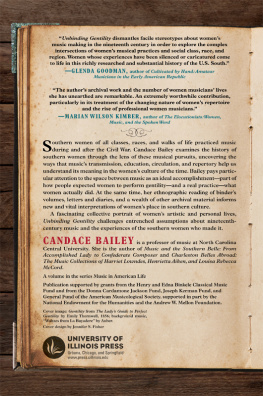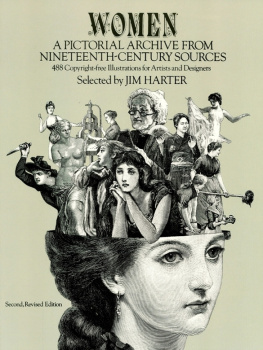Margaret H. McFadden - Golden Cables of Sympathy: The Transatlantic Sources of Nineteenth-Century Feminism
Here you can read online Margaret H. McFadden - Golden Cables of Sympathy: The Transatlantic Sources of Nineteenth-Century Feminism full text of the book (entire story) in english for free. Download pdf and epub, get meaning, cover and reviews about this ebook. year: 2009, publisher: University Press of Kentucky, genre: Politics. Description of the work, (preface) as well as reviews are available. Best literature library LitArk.com created for fans of good reading and offers a wide selection of genres:
Romance novel
Science fiction
Adventure
Detective
Science
History
Home and family
Prose
Art
Politics
Computer
Non-fiction
Religion
Business
Children
Humor
Choose a favorite category and find really read worthwhile books. Enjoy immersion in the world of imagination, feel the emotions of the characters or learn something new for yourself, make an fascinating discovery.

- Book:Golden Cables of Sympathy: The Transatlantic Sources of Nineteenth-Century Feminism
- Author:
- Publisher:University Press of Kentucky
- Genre:
- Year:2009
- Rating:3 / 5
- Favourites:Add to favourites
- Your mark:
Golden Cables of Sympathy: The Transatlantic Sources of Nineteenth-Century Feminism: summary, description and annotation
We offer to read an annotation, description, summary or preface (depends on what the author of the book "Golden Cables of Sympathy: The Transatlantic Sources of Nineteenth-Century Feminism" wrote himself). If you haven't found the necessary information about the book — write in the comments, we will try to find it.
In a remarkable display of investigative research, Margaret McFadden describes the burgeoning avenues of communication in the nineteenth century that led to an explosion in the number of international contacts among women. This network blossomed because of increased travel opportunities; advances in womens literacy and education; increased activity in the temperance, abolitionist, and peace reform movements; and the emergence of female evangelicals, political revolutionaries, and expatriates. Particular attention is paid to five women whose decades of work helped give birth to the womens movement by centurys end. These mothers of the matrix include Lucretia Mott and Elizabeth Cady Stanton of the United States, Anna Doyle Wheeler of Ireland, Fredrika Bremer of Sweden, and Frances Power Cobbe of England. Despite their philosophic differences, these leaders recognized the value of friendship and advocacy among women and shared an affinity for bringing together people from different cultural settings.
McFadden demonstrates without question that the traditions of transatlantic female communication are far older than most historians realize and that the womens movement was inherently international. No other scholar has painted so complete a picture of the golden cables that linked the women who saw the Atlantic and the borders within Europe as bridges rather than barriers to improving their status.
Margaret H. McFadden: author's other books
Who wrote Golden Cables of Sympathy: The Transatlantic Sources of Nineteenth-Century Feminism? Find out the surname, the name of the author of the book and a list of all author's works by series.








